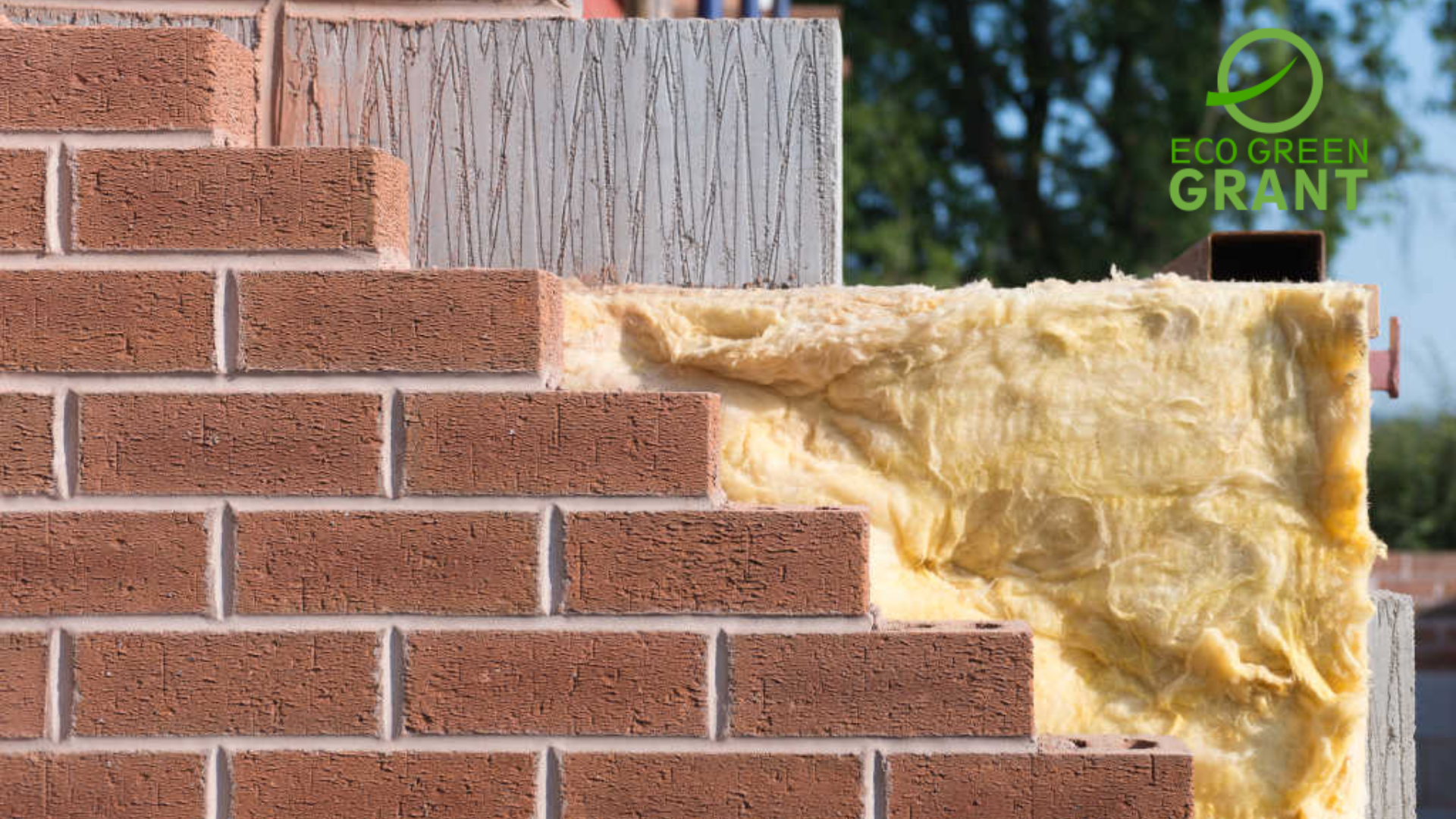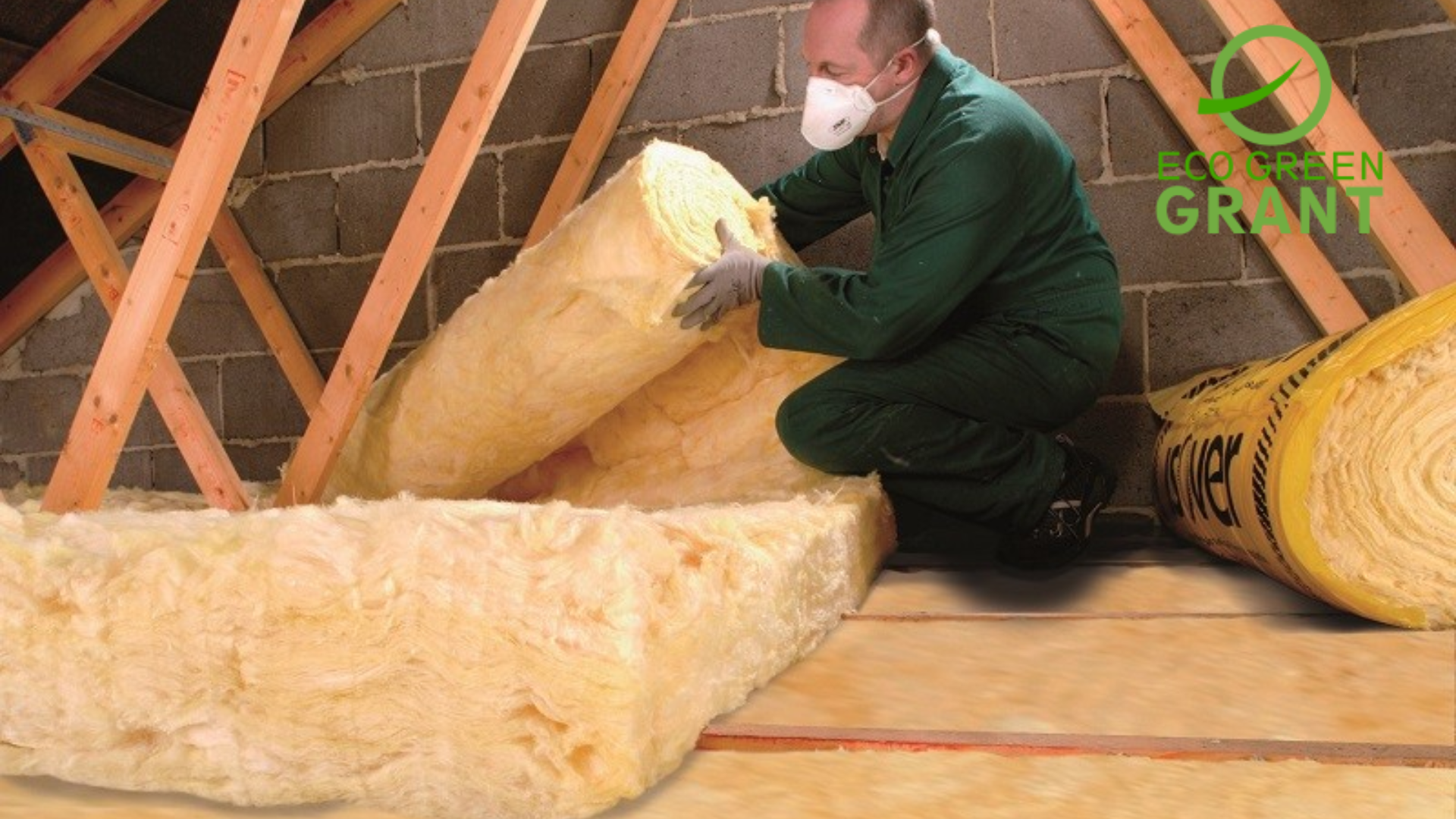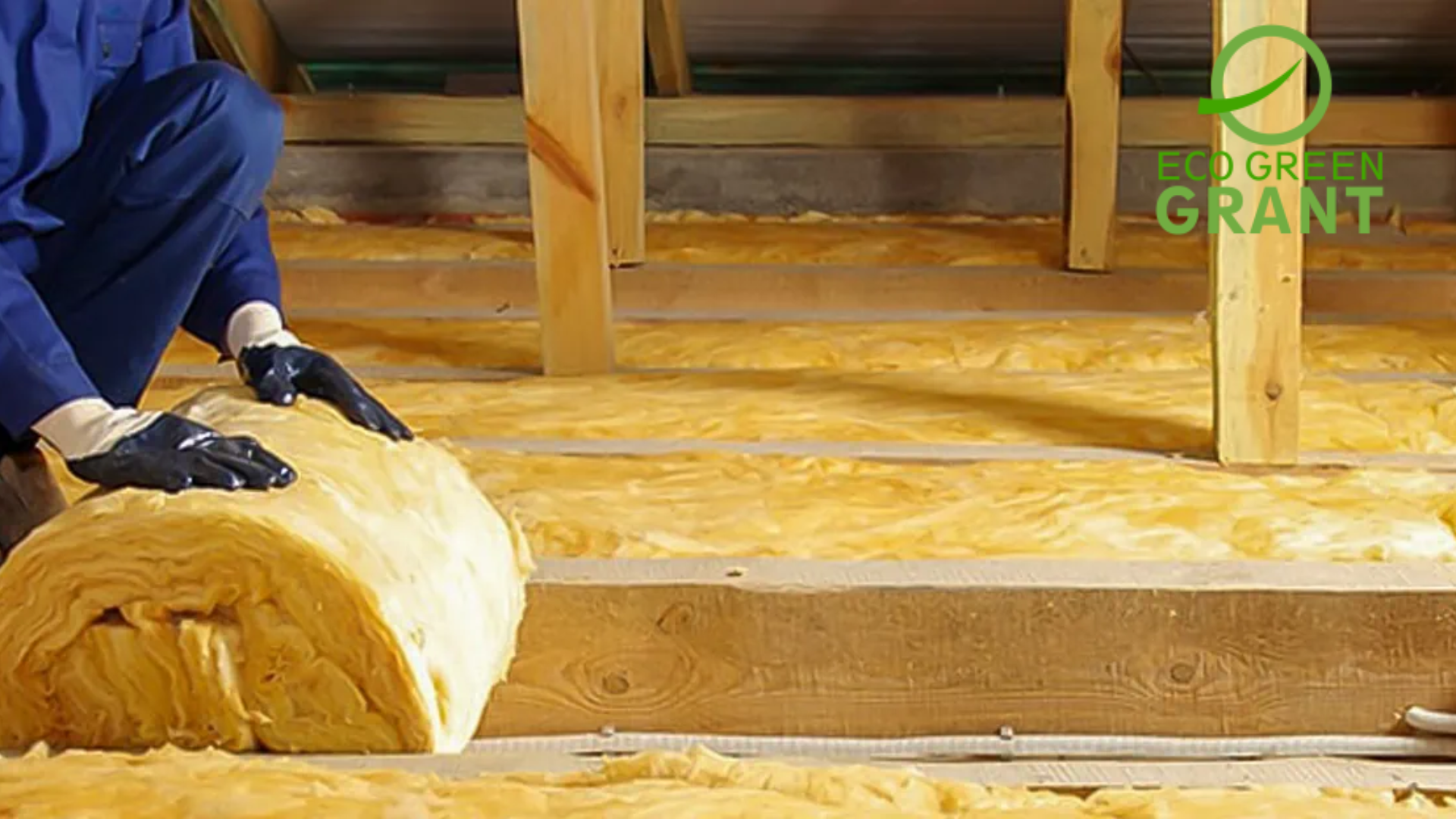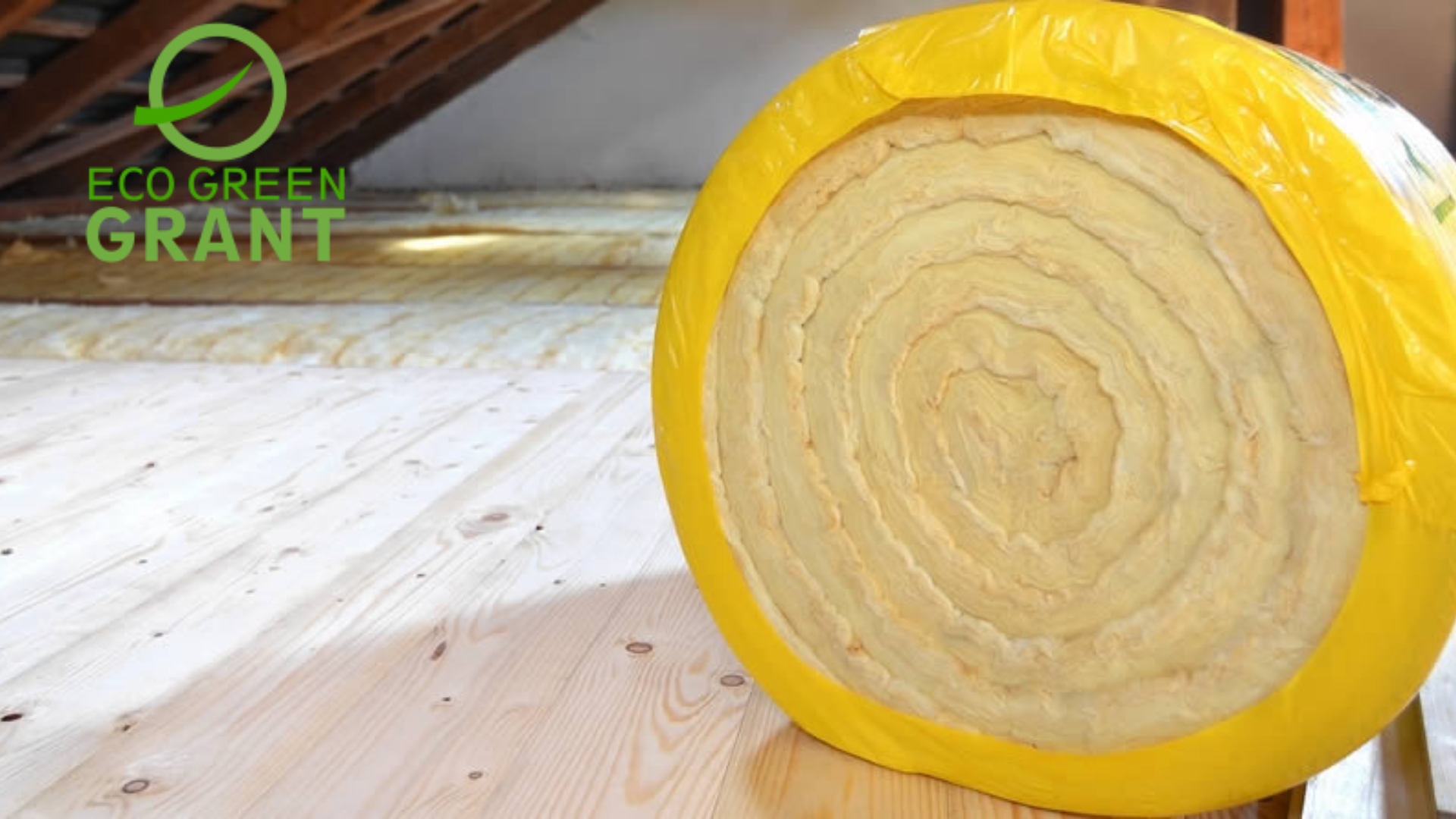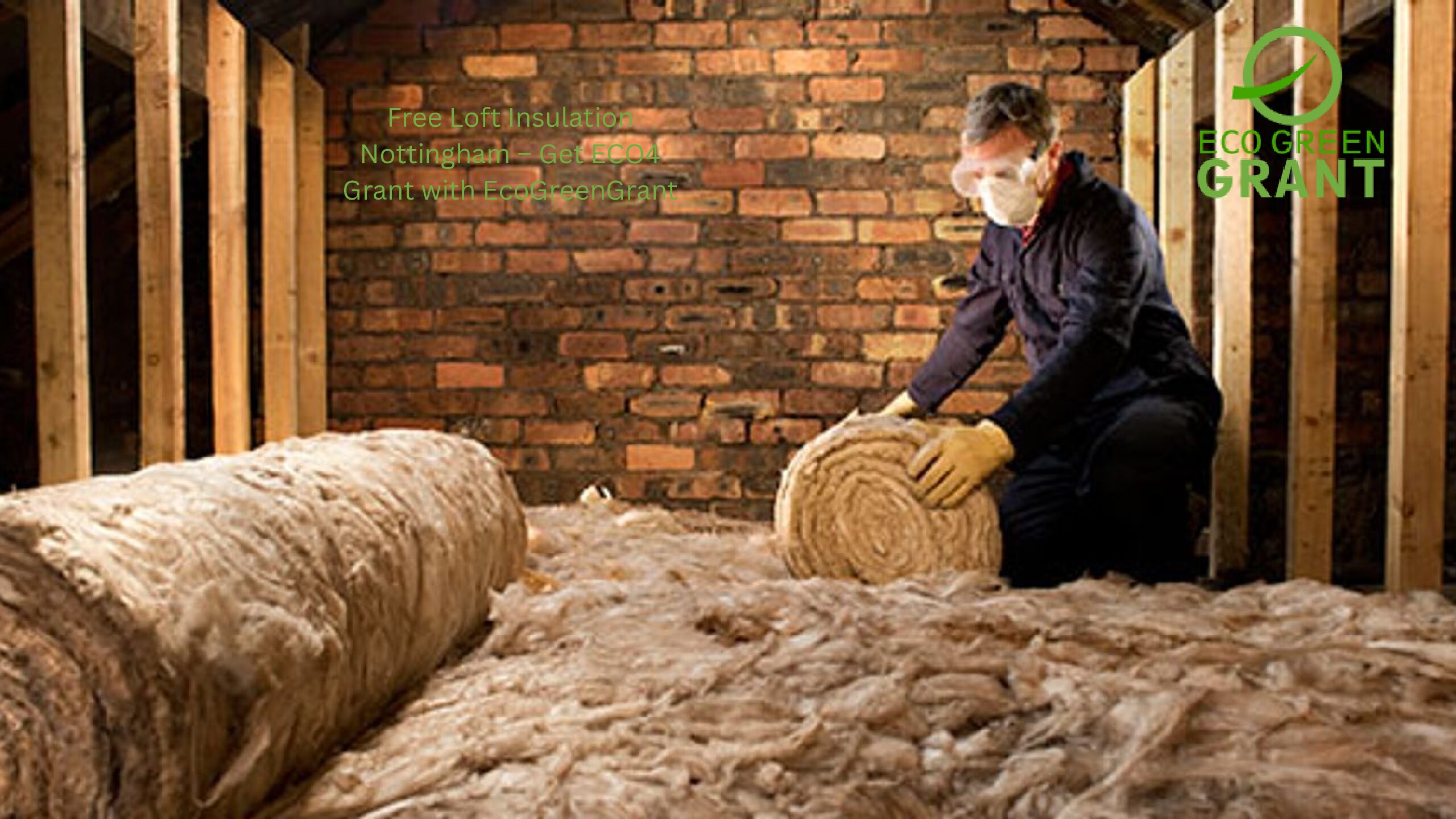Cavity wall insulation is an effective way to improve energy efficiency, reduce heating costs, and make homes more sustainable. In Nottinghamshire, cavity wall insulation is a popular solution for homeowners seeking to keep their homes warm in winter and cool in summer. This article explores the benefits, installation process, types, and considerations for cavity wall insulation in Nottinghamshire, along with expert guidance from Ecogreengrant.
What is Cavity Wall Insulation?
Cavity wall insulation is a method used to fill the gap between the two layers of brick or stone walls, known as the cavity. This gap is insulated to prevent heat loss. Insulation materials like foam, beads, or mineral wool are injected into the space, which reduces energy costs and enhances the overall comfort of the home. Cavity wall insulation is ideal for properties with uninsulated cavity walls in Nottinghamshire.
Benefits of Cavity Wall Insulation
Cavity wall insulation offers numerous benefits, including reduced energy bills and a more comfortable living environment. The insulation traps heat inside, keeping the house warmer in winter. Furthermore, it helps regulate indoor temperatures during the summer months. Installing cavity wall insulation can make your home more energy-efficient and eco-friendly. For residents of Nottinghamshire, this is an excellent investment to make your home more sustainable.
How Does Cavity Wall Insulation Work?
Cavity wall insulation works by filling the gap between two layers of the wall. When insulation is inserted, it prevents the transfer of heat from inside to the outside. As a result, less heat escapes, reducing the need for heating and thus lowering energy bills. The type of insulation used will determine the level of effectiveness, but the key benefit is the long-term energy savings and improved comfort.
Cavity Wall Insulation Installation Process
The installation of cavity wall insulation in Nottinghamshire is a straightforward process. Professionals first assess the cavity’s size and condition to ensure that it is suitable for insulation. After that, they inject the insulation material into the cavity through small holes drilled in the wall. The holes are sealed once the insulation is in place, ensuring that the wall is properly insulated. It is important to use a qualified installer for this process.
Types of Cavity Wall Insulation Materials
There are several types of cavity wall insulation materials available, including polystyrene beads, mineral wool, and polyurethane foam. Each material has its own benefits, but the choice depends on factors like the size of the cavity and the thermal efficiency required. In Nottinghamshire, mineral wool is commonly used due to its excellent thermal properties and cost-effectiveness.
Why Cavity Wall Insulation is Essential for Nottinghamshire Homes
Nottinghamshire homes, especially older buildings, can benefit greatly from cavity wall insulation. Many homes in this region still have uninsulated cavity walls, which leads to higher heating costs and uncomfortable living conditions during winter. Cavity wall insulation can help maintain a consistent indoor temperature, reduce energy consumption, and lower utility bills. Furthermore, it is an eco-friendly solution that contributes to reducing your carbon footprint.
Energy Savings from Cavity Wall Insulation
One of the main advantages of cavity wall insulation is the potential for significant energy savings. Insulating your cavity walls can reduce heating bills by up to 25%. With Nottinghamshire’s varying weather, insulating your walls ensures your home remains warm during colder months without excessive heating costs. This makes cavity wall insulation a cost-effective solution in the long run.
Reducing Carbon Footprint with Cavity Wall Insulation
Cavity wall insulation contributes to reducing your home’s carbon footprint. By preventing heat from escaping, it minimizes the amount of energy required to keep your home comfortable. This results in a reduction in greenhouse gas emissions. Homeowners in Nottinghamshire who install cavity wall insulation are not only saving money but also contributing to the environment by reducing energy consumption.
Improving Home Comfort with Insulation
Cavity wall insulation not only reduces heating costs but also makes your home more comfortable. It stabilizes the indoor temperature, ensuring that your home is cozy in the winter and cooler in the summer. The even temperature helps prevent drafts, making your living space more pleasant. In Nottinghamshire, where winters can be cold, this added comfort is a crucial benefit.
Is Cavity Wall Insulation Suitable for Your Home in Nottinghamshire?
Before installing cavity wall insulation, it’s important to determine whether your home is suitable for this type of insulation. Homes built before the 1920s may have solid walls, which do not have cavities to insulate. For homes built after this period, cavity wall insulation is typically an ideal solution. A professional assessment from Ecogreengrant can help you determine whether your home qualifies for insulation.
Evaluating Your Home for Cavity Wall Insulation
To evaluate if your home is suitable for cavity wall insulation, professionals will assess the size and condition of the cavity. If the cavity is too narrow or filled with debris, it may not be suitable for insulation. Furthermore, older properties with solid walls will not benefit from cavity wall insulation. A qualified installer can inspect your property and provide the best solution for your home.
How to Check Your Home’s Wall Construction
It’s essential to check if your home has cavity walls before considering insulation. You can look for clues such as the age of your home and the type of brickwork. For homes built after the 1920s, cavity walls are likely to be present. A professional inspector will be able to confirm the presence of cavity walls and provide recommendations for insulation.
Benefits of Professional Assessment
A professional assessment of your home for cavity wall insulation in Nottinghamshire is vital to ensure a proper fit. Ecogreengrant offers free assessments and expert advice, ensuring that homeowners receive the best possible solution for their insulation needs. A professional assessment helps prevent any unnecessary costs and ensures the insulation is installed correctly.
Cost of Cavity Wall Insulation in Nottinghamshire
The cost of cavity wall insulation varies depending on the size of the home, the material used, and the complexity of the installation. On average, homeowners in Nottinghamshire can expect to pay between £500 and £1,500 for the complete installation. However, government grants and incentives may be available to help with the cost, making it a more affordable solution for many homeowners.
Factors Affecting Cavity Wall Insulation Costs
Several factors affect the cost of cavity wall insulation, including the type of insulation material, the size of the property, and the condition of the cavity. Homes with easy access to the cavity may have lower installation costs, while homes with hard-to-reach areas may incur additional expenses. Discussing your specific needs with a professional installer will help you understand the exact cost for your home.
Government Grants for Cavity Wall Insulation
In some cases, homeowners in Nottinghamshire may be eligible for government grants to help cover the cost of cavity wall insulation. These grants aim to improve energy efficiency and reduce heating costs. Ecogreengrant offers assistance in applying for these grants, making it easier for homeowners to take advantage of financial incentives and reduce the overall installation cost.
Long-Term Savings with Cavity Wall Insulation
While the initial cost of cavity wall insulation may seem high, the long-term savings are substantial. By reducing energy consumption, homeowners can save hundreds of pounds annually on their heating bills. Over time, the insulation pays for itself through reduced energy costs. This makes cavity wall insulation a smart investment for any home in Nottinghamshire.
Common Questions About Cavity Wall Insulation in Nottinghamshire
How Long Does Cavity Wall Insulation Last?
Cavity wall insulation typically lasts for the lifetime of the building. The materials used are durable and resistant to settling or compression. As long as the walls are maintained and free of moisture, cavity wall insulation will continue to perform effectively for many years.
Can Cavity Wall Insulation Be Replaced?
Yes, cavity wall insulation can be replaced if it becomes damaged or ineffective. In some cases, the insulation may need to be removed if it has absorbed moisture or settled over time. A professional installer can assess the condition of the insulation and replace it as needed.
Will Cavity Wall Insulation Increase Property Value?
Yes, cavity wall insulation can increase the value of your property. Homes with energy-efficient features are more attractive to buyers and tend to sell for higher prices. Installing cavity wall insulation improves your home’s energy efficiency, which is a valuable selling point.
Can Cavity Wall Insulation Be Done in Winter?
Cavity wall insulation can be installed in winter, but it is best to choose a dry, mild day. This ensures that the insulation materials are not affected by excessive moisture. Professional installers are experienced in handling insulation projects in all seasons and can schedule the installation at a convenient time.
Is Cavity Wall Insulation Safe for My Home?
Cavity wall insulation is completely safe for your home when installed correctly. The materials used are non-toxic and fire-resistant. It’s essential to hire a qualified professional installer like Ecogreengrant to ensure the insulation is installed properly and safely.
FAQs
What is cavity wall insulation and how does it work?
Cavity wall insulation fills the gap between two layers of a wall, known as the cavity, with insulating material such as foam, beads, or mineral wool. This insulation prevents heat from escaping, helping to keep your home warmer in winter and cooler in summer. It improves energy efficiency by reducing the need for heating, thus lowering energy bills.
Is cavity wall insulation suitable for my home in Nottinghamshire?
Cavity wall insulation is ideal for homes built after the 1920s with a cavity in the walls. If your property has solid brick walls or the cavity is too narrow, this insulation may not be suitable. A professional assessment from Ecogreengrant can determine if your home qualifies for cavity wall insulation and suggest the best solution.
How long does cavity wall insulation last?
Cavity wall insulation can last the lifetime of your home, provided the insulation is installed correctly and the walls are maintained. The insulation materials are durable and won’t lose their effectiveness over time. Regular checks are important to ensure no moisture or debris is affecting the insulation’s performance.
What are the benefits of cavity wall insulation in Nottinghamshire?
The main benefits of cavity wall insulation include lower energy bills, improved comfort, and a reduction in your carbon footprint. By reducing heat loss, the insulation keeps your home warmer in the winter and cooler in the summer. This leads to energy savings and a more sustainable home, which is important in Nottinghamshire’s varying climate.


